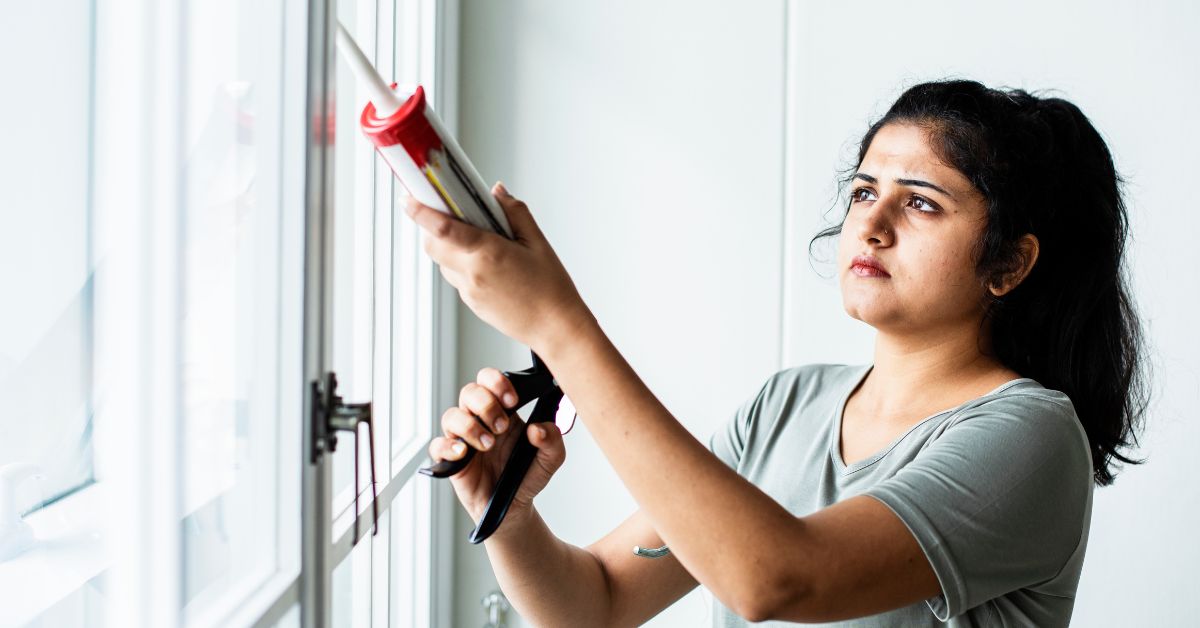New Homeowners: Tips for Protecting Your Home Against Radon

For first-time homeowners, the excitement of moving into a new home is unmatched. But amidst the DIY projects you have planned to make your space uniquely yours, there’s one crucial and often overlooked hazard you must check for—radon. Understanding the risks and necessary steps to protect your family and home from this dangerous gas is imperative. Discover some essential tips for protecting your home against radon.
What Is Radon?
First things first—what is radon?
Radon is a radioactive, colorless, odorless, and tasteless gas that is released from the natural breakdown of uranium in rocks and soil. This gas affects your health in various ways; in fact, it is the second leading cause of lung cancer in the United States, posing a significant health risk if found in high concentrations indoors.
First Alert Radon Gas Test Kit, RD1
Testing for Radon
As a new homeowner, your priority should be testing your home for the presence of radon. Home tests are easy to obtain and use, and there are a couple of options available.
Short-term tests are available at local hardware stores and last anywhere from 2 to 90 days. They’re relatively inexpensive and provide quick results. Long-term tests last for more than 90 days, and they provide more accurate results regarding the radon levels in your home.
It’s recommended that you perform both short-term and long-term tests for a comprehensive assessment of the radon levels in your home.
Protecting Your Home Against Radon
Once you’re aware of the radon levels in your home, you can take proactive measures to protect your family and property from this harmful gas. These tips will help you mitigate radon and ensure a healthy environment.
Seal Cracks and Gaps
Inspect your home’s foundation and floors for any openings, and seal cracks or gaps using a special radon-resistant sealant. This helps reduce the entry points for radon to get into your home.
Increase Ventilation
Proper ventilation can help reduce radon levels. Consider installing an air exchanger or upgrading your HVAC system to improve air circulation throughout the home.
Install a Radon Mitigation System
If your home has radon levels above 4 pCi/L (picocuries per liter), a radon mitigation system or venting system is essential. This system typically includes a vent pipe and a specialized fan to move the radon out of your home. Once you install a radon fan, don’t forget to inspect it regularly to ensure it works properly.
Regularly Monitor Radon Levels
Even after you’ve taken action to reduce radon in your home, keep testing every two years or after any significant home renovations to ensure that the levels remain low.
By taking these proactive steps and making radon monitoring a part of your routine, you can significantly mitigate the risk of this health hazard in your new home. Don’t delay—start testing and implementing these radon protection tips for new homeowners to create a healthy and happy home for you and your family.




